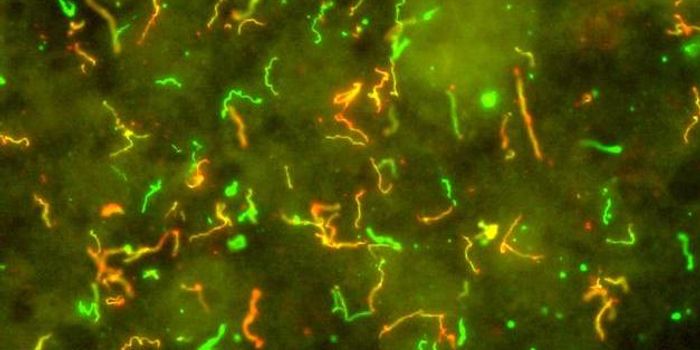Known as being a silent killer, diagnosing chronic liver disease in its early stages remains a clinical challenge because of no apparent symptoms until the disease has reached an advanced stage. However, a recent research study may be able to combat this clinical issue by providing a new diagnostic marker and therapeutic target for treatments strategies against chronic liver diseases.
Learn more about liver diseases:
Specifically, the researchers identified a novel pathway involved in the regulation of certain signaling pathways induced by extracellular matrix (ECM). The discovered that a certain protein-- endotrophin (ETP), a marker for collagen type VI (COL6) formation being the link between obesity and cancer—holds significance in creating a pathological microenvironment in the liver tissues of chronic liver disease.
"ETP levels in adipose tissues are elevated in obesity or diabetes and are associated with adipose tissue fibrosis, inflammation, and angiogenesis, leading to metabolic dysfunction in adipose tissues and systemic insulin resistance," says Professor Jiyoung Park in the School of Life Sciences at UNIST who first discovered ETP in 2012. "Through the identification of the correlation between ETP and chronic liver disease, this study opened new doors in the fight against liver diseases."
The researchers examined the liver tissues derived from patients with hepatocellular carcinoma (HCC) and found ETP in tumor-neighboring regions are implicated with poor prognosis of HCC patients. To observe the direct function of ETP in liver tissues, researchers generated an inducible, liver-specific ETP transgenic mouse (Alb-ETP) and found that ETP overexpression is related to liver cancer.

This is a schematic image showing the ETP expression and survival rate in liver tissue from HCC patients.
Credit: UNIST
"Therapeutic antibodies that inhibit the activity of ETP can be used to break the vicious circle that occurs between liver tissue cells," says Professor Park. "This suggests that ETP may be developed as a target substance for a specific therapeutic agent for treating patients with chronic liver disease. ETP is an extracellular substance that can be easily detected in blood. ETP, which appears in the early stage of chronic liver disease, may also serve as an early diagnostic marker."
Source: Ulsan National Institute of Science and Technology (UNIST)
-
APR 30, 2024Immuno-Oncology Virtual Event Series 2024
-
MAY 07, 20243rd International Biosecurity Virtual Symposium
-
SEP 03, 2024Microbiology Week Virtual Event Series 2024
- See More

















































